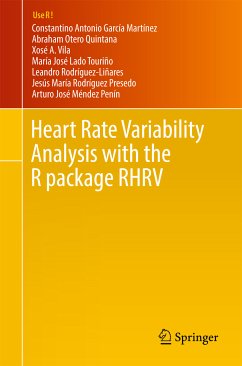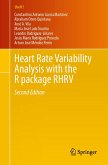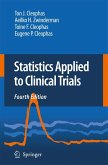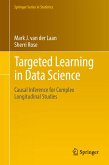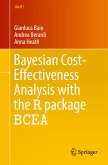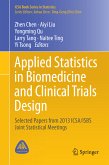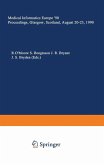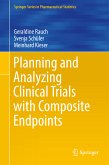Detailed examples based on real data sets are provided throughout the book to illustrate the algorithms and discuss the physiological implications of the results. Offering a comprehensive guide to analyzing beat information with RHRV, the book is intended for masters and Ph.D. students in various disciplines such as biomedical engineering, human and veterinary medicine, biology, and pharmacy, as well as researchers conducting heart rate variability analyses on both human and animal data.
Dieser Download kann aus rechtlichen Gründen nur mit Rechnungsadresse in A, B, BG, CY, CZ, D, DK, EW, E, FIN, F, GR, HR, H, IRL, I, LT, L, LR, M, NL, PL, P, R, S, SLO, SK ausgeliefert werden.
Hinweis: Dieser Artikel kann nur an eine deutsche Lieferadresse ausgeliefert werden.

